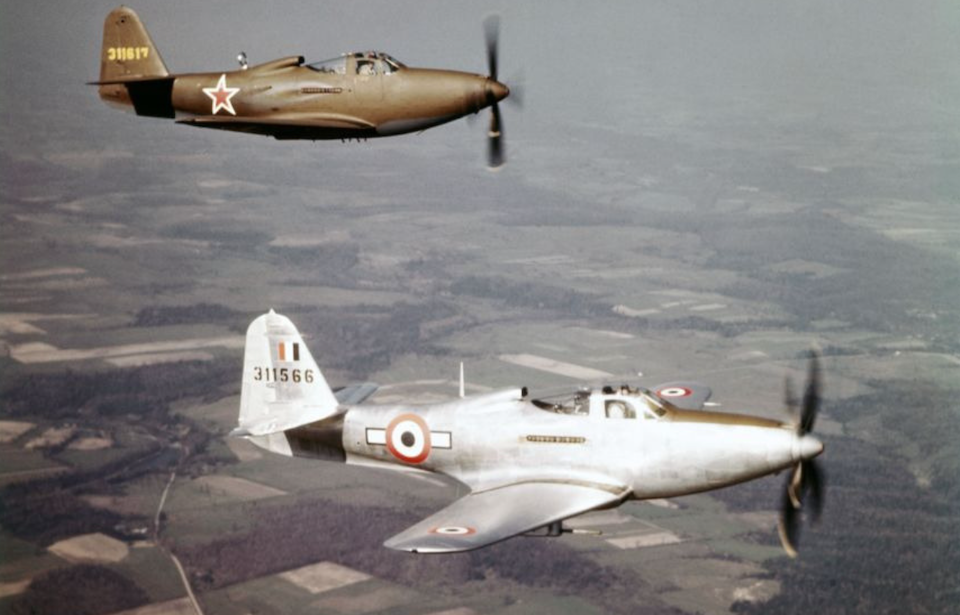A big part of combat during World War II happened in the skies as countries developed their aerospace technology. That included the United States, which developed much more effective fighter aircraft. However, there’s one that has been the subject of ridicule for over 70 years: the Bell P-39 Airacobra.
A new fighter aircraft is requested
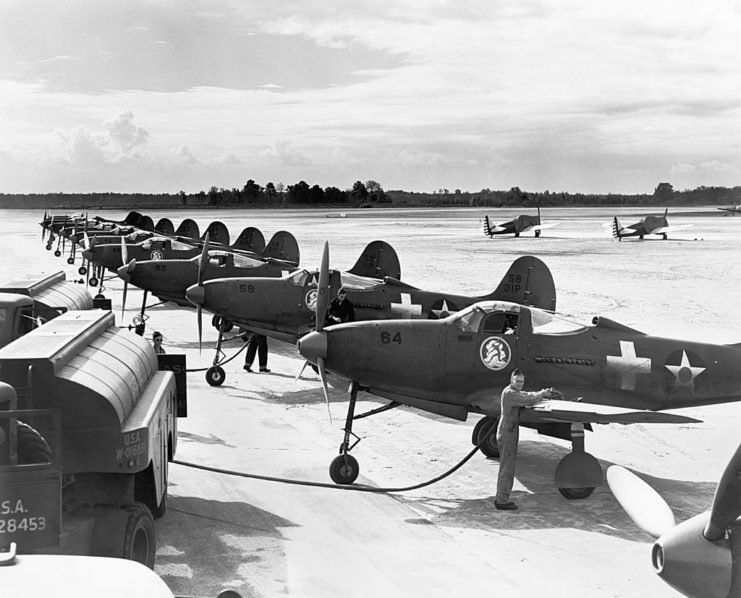
In 1937, Capt. Gordon P. Saville of the Air Corps Tactical School and Lt. Benjamin S. Kelsey of the US Army Air Corps issued a request for a new fighter aircraft. The Circular Proposal X-609 sought a single-engine, high-altitude interceptor able to conduct the “tactical mission of interception attack of hostile aircraft at high altitude.”
They wished for the aircraft to have numerous features, including a liquid-cooled Allison engine with a General Electric turbo-supercharger, tricycle landing gear, the ability to carry 1,000 pounds of armaments, and a cannon. It had to reach a top speed of at least 360 MPH and a height of 20,000 feet.
Bell Aircraft, an aerospace manufacturer based in New York, presented its own design. Called the “XP-39,” the prototype reached 390 MPH in just five minutes, but it was unable to reach its top stated altitude. The National Advisory Committee for Aeronautics (NACA) evaluated the aircraft and listed recommendations to allow it to reach the necessary requirements.
However, the P-39 Airacobra never turned out to be the fighter Bell Aircraft made it out to be. After applying the aforementioned suggestions, there was no room to fit the turbo-supercharger. In its place was a single-stage, single-speed aircraft with a top altitude of 12,000 feet. This meant it was easier to produce and maintain, but it took away the opportunity to serve as an effective high-altitude fighter.
The Bell P-39 Airacobra featured an intricate design
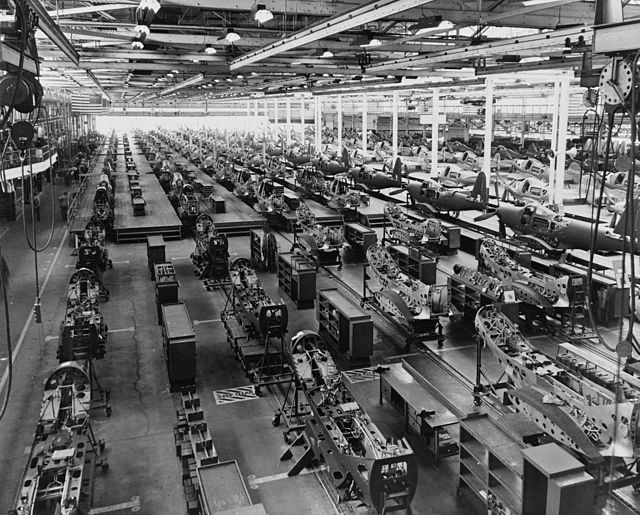
Despite its perceived failings, the P-39 Airacobra featured a sleek design that was unlike any other. Its all-metal exterior wasn’t only the first to feature tricycle landing gear, but to also seat its engine in the center of the fuselage, as opposed to the nose. This was done to fit its 37 mm T9 cannon through the propeller hub.
The resulting design meant the pilot sat in front of the engine and higher in the fuselage, allowing for a better view of their surroundings. While the rear position of the engine protected it from ground attacks, it made it susceptible to those in the air.
Different from other fighters was the P-39’s wing size. Smaller than normal, they allowed the aircraft to turn quickly, but also hurt its ability to reach higher altitudes. Its small size also affected the amount of fuel it could carry, meaning it couldn’t conduct long-range flights.
However, what the P-39 lacked in altitude it made up for in armament. Along with its cannon, it also featured a pair of .30-caliber machine guns on top of the nose, which were synchronized to fire between the propellor blades. Later designs would see the addition of six .50-caliber machine guns: two on each wing and two on the nose. Hardpoints were also added to allow it to carry bombs onboard.
Fighting high in the skies
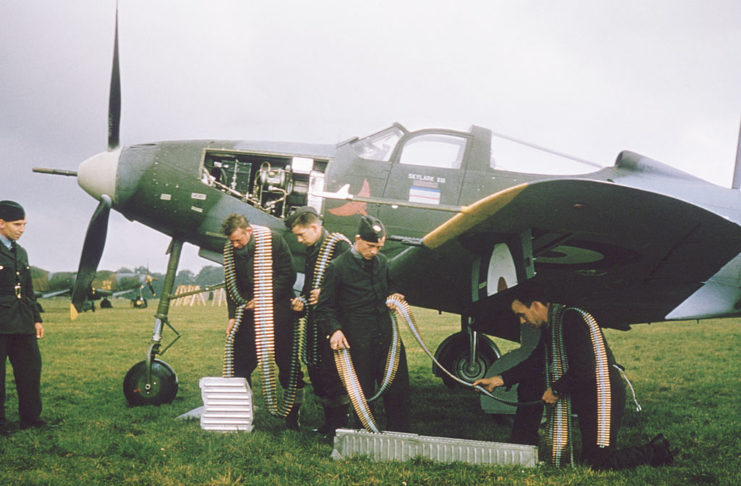
By the time the production of the P-39 Airacobra was underway, the war in Europe had begun to escalate. To help build up their fleet, the Royal Air Force (RAF) placed an order for the fighter aircraft. They received a special export version called the P-400, which had been initially meant for France. However, given that Germany invaded the country early in the conflict, Bell Aircraft was unable to deliver.
The P-400 was different than the P-39 in that several modifications were made to reduce drag. This included the installation of new exhaust stacks and modifications to the tail, among others. It was also lightly armored, with fewer weapon implements. The .30-caliber machine guns were on the wings, as opposed to the nose, and the cannon was smaller, at only 20 mm.
The No. 601 Squadron RAF was the only British unit to allow the P-39 to see operational use. In October 1941, four arrived at Dunkirk, but pilots found issues with the lack of altitude, as it was becoming increasingly clear that air combat would regularly occur at 30,000 feet, over the P-39’s maximum.
Aviators also found the aircraft had a tendency to enter a flat spin. They began to report it would tumble “end over end” during certain maneuvers, often at the maximum altitude with a considerable amount of power.
While the RAF continued to train with the P-39 throughout the winter of 1941, it was eventually replaced by the higher-altitude flying Supermarine Spitfire. This, combined with pilot distrust, was the start of the P-39’s degrading reputation on the front.
War in the Pacific
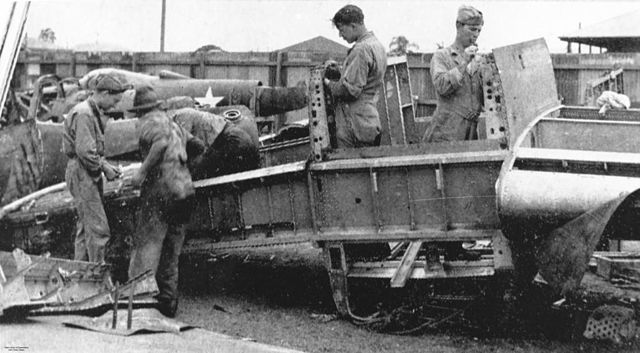
The Japanese attack on Pearl Harbor was America’s entrance into World War II. To fight their Pacific neighbors, the US Army took over the British contract for the P-39 Airacobra and immediately dispatched squadrons to Australia. These units received support from those stationed in the Philippines, as the 35th Pursuit Group had set sail for Manila two days before the bombing.
By mid-March 1942, 90 P-39s and over 100 P-400s were shipped to Australia, while additional squadrons were distributed to Fiji, Canton, Christmas Island, Palmyra and New Caledonia. Various fighting groups were created from these squadrons, with the goal of protecting major Pacific entities from Japanese invasion.
P-39s were also sent to Alaska and North Africa. From September to November 1942, pilots with the 57th Fighter Squadron flew them, along with Lockheed P-38 Lightnings, when attacking the invading Japanese forces on Alaska’s Attu and Kiska Islands.
The 99th Fighter Squadron trained in the US with P-39s before being deployed to North Africa and the Mediterranean. However, they only flew the aircraft for a few weeks before transitioning to the Curtiss P-40 Warhawk.
The Bell P-39 Airacobra’s one shining moment
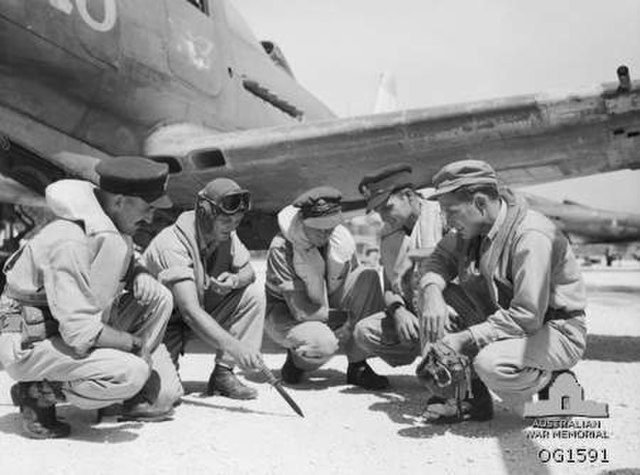
The P-39 Airacobra officially entered combat while the US forces were in New Guinea. The mission for the Allies was to defend Australia, and Gen. Douglas MacArthur drew the battle line across New Guinea. The move was contradictory to the original plan to draw the line across central Australia, with MacArthur on the offensive after the loss of the Philippines.
The 8th Fighter Group moved its P-39s to Port Morseby, on the south coast of Papua New Guinea. They were led by Lt. Col. Boyd “Buzz” Wagner, who was well-versed in the flying techniques employed by the Japanese. His knowledge proved invaluable to the fight in the Pacific.
On April 20, 1942, Wagner led 26 P-39 pilots on their first combat mission, where they strafed Japanese airfields and fuel dumps in Salamaua and Lae. While they lost four aircraft, they experienced no human casualties. The mission would be the fighters’ first in over two months of fighting, during which the 39th Squadron shot down 12 Japanese aircraft and knocked out supply sites.
Despite the success, they were only able to intercept the Japanese four out of nine times. They made up for this when the combat dropped to lower altitudes. It was also learned that a better strategy was to attack the fleet on the ground with the P-39s’ cannons and bombs.
Disliked by many, loved by the Soviets
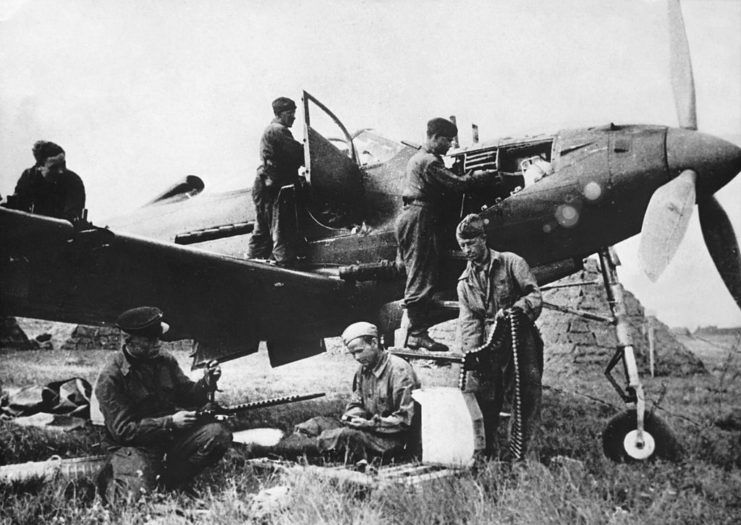
While the P-39 Airacobra was disliked by many, the aircraft was actually beneficial to the Soviet Union’s Red Army. The tactical environment of the Eastern Front meant air combat was largely conducted at lower altitudes, and Soviet airfields tended to be closer to the frontlines. Therefore, the fighter’s inability to fly high and its short flight range weren’t an issue.
The Red Army received units from the US and the United Kingdom via the Alaska-Siberia ferry route. They were able to create an effective aerial fighting group that saw a number of victories against the Germans. The Red Air Force was such a big fan that they gave the P-39 an affectionate nickname, Kobruksha, or “Little Cobra.”
More from us: Avro Arrow: The Groundbreaking Jet Interceptor Canada Will Never Forget
The Russians kept the P-39 in service until 1949. Its effectiveness on the Eastern Front is an example that, while the aircraft may not have been ideal for all methods of air combat, it did accomplish a lot when circumstances allowed.
